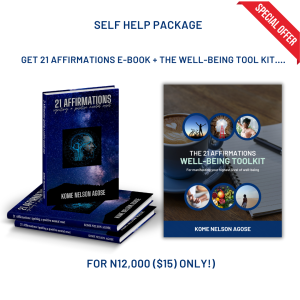Steve Jobs’ Final Reflection
Steve Jobs’ final reflections reveal the leadership truths most CEOs learn too late. Three major lessons every CEO and founder needs to hear
Steve Jobs’ final reflections reveal the leadership truths most CEOs learn too late.
A year before he died, Steve Jobs wrote an email to himself.
Not about Apple. Not about innovation.
But about gratitude.
He listed the simple things he benefited from like food he didn’t grow, roads he didn’t build, clothes he didn’t sew and water he didn’t purify.
For a man who reshaped entire industries, that email was surprisingly humble.
And it carries three major lessons every CEO and founder needs to hear, especially now:
- Even the most powerful leaders struggle without peace
Jobs’ reflection shows a truth many founders avoid:
Ambition doesn’t replace emotional regulation.
You can run a global company and still feel overwhelmed, exhausted, or disconnected.
The illusion that you must carry everything alone is what accelerates burnout. Peace is a leadership asset.
- Gratitude is not emotional fluff
Jobs’ email wasn’t about achievement, it was about interdependence.
He recognised the unseen people and systems that sustained him.
For leaders, gratitude sharpens perspective.
It reduces stress, increases clarity, and enhances decision-making.
A grateful CEO leads from stability, not survival mode.
- Inner work is the real competitive advantage
Jobs took time to reflect on life, humility, and mortality even while building one of the world’s most powerful companies.
Here is the email from Steve Jobs to himself:

Founders often focus on scaling the business but ignore scaling themselves.
Yet a leader’s inner world sets the emotional climate of the organisation.
Self-awareness, mindfulness, and regulated energy aren’t luxuries…
they’re part of the infrastructure of high-performance leadership.
Steve Jobs’ final reflections weren’t about building products.
They were about building perspective.
And perhaps that’s the real lesson for any founder who wants to win without losing themselves.
Every founder invests in growth…few invest in the leader doing the growing.
If you want clarity, confidence, and sustainable performance, let’s talk.


Ready to make the shift? Let’s talk.
Click the link below to Book a FREE Discovery Call Today
Meeting Scheduling: https://forms.gle/hwLfuoFeSkokK75H8



















